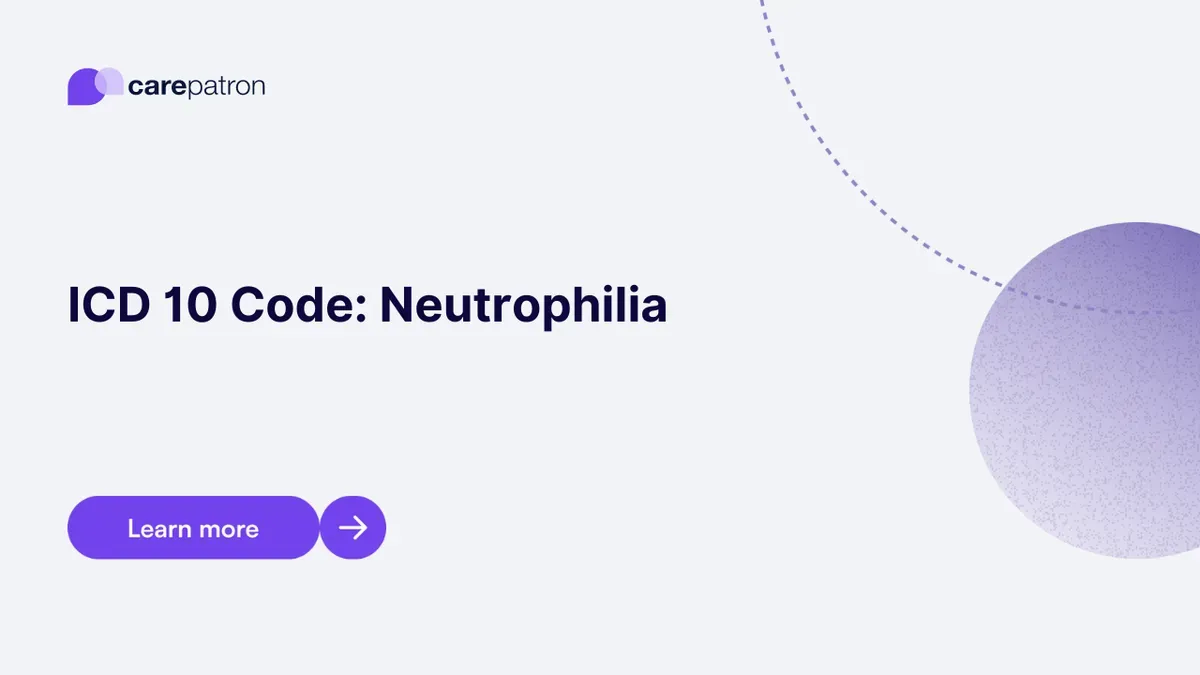
Neutrophilia ICD-10-CM Codes
A comprehensive guide to ICD-10 Codes for Neutrophilia. Discover commonly used codes, their clinical descriptions, billable status, synonyms, and more!
Use Code
Commonly asked questions
ICD codes for neutrophilia are used for diagnosis, treatment planning, and medical billing, facilitating a standardized approach to this condition.
Treatment generally targets the underlying cause, ranging from bacterial infections to malignancies, and may involve medications or more aggressive therapies.
It's a standardized code that classifies a specific type of neutrophilia essential for medical billing, research, and patient care.
EHR and practice management software
Get started for free
*No credit card required
Free
$0/usd
Unlimited clients
Telehealth
1GB of storage
Client portal text
Automated billing and online payments
